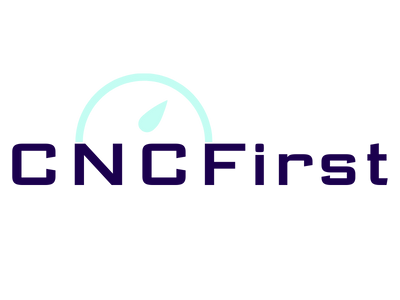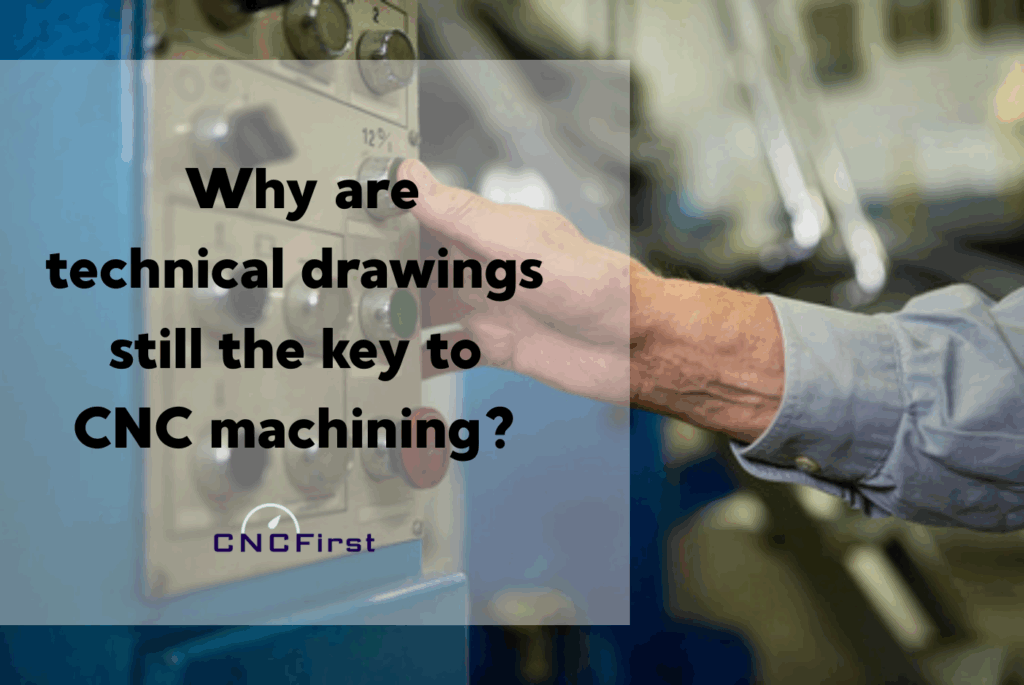
Do you know how much CNC machining costs in China? This question is crucial for businesses and individuals navigating the complex world of precision manufacturing. CNC (Computer Numerical Control) machining stands as a cornerstone in modern industrial production, offering unparalleled accuracy and efficiency in fabricating parts and components.
Understanding the nuances of CNC machining costs in China is not just about getting the best price; it’s about making informed decisions in a globally competitive market. This blog aims to demystify the factors influencing these costs, offering insights into how they vary and what drives them.
By delving into this topic, we’ll equip you with the knowledge to navigate the Chinese manufacturing landscape effectively, ensuring both cost-effectiveness and quality in your CNC machining project.
Factors That Affect CNC Machining Costs in China
Understanding the factors that drive CNC machining costs in China is essential for anyone involved in this sector. Let’s explore the key elements that significantly impact pricing in CNC machined parts.
Material Types
The choice of materials plays a pivotal role in determining the cost of CNC machining. In China, the price variance between different metals and plastics can be substantial. Materials like titanium or specialized alloys are typically more expensive than standard aluminum or steel, affecting the overall project budget. This variance in material costs necessitates careful selection based on project requirements and budget constraints.
Types of Machines
The type of CNC machine used is a critical factor affecting the cost of CNC machining in China. Each type varies in capabilities, complexities, and associated costs:
CNC Milling Machines: Ideal for cutting and drilling operations. Their versatility in handling diverse materials and complex shapes impacts cost.

CNC Turning Centers (Lathes): Specialized for producing cylindrical parts. The complexity of the lathe and its operational speed can influence pricing.

CNC Plasma Cutters: Used for cutting metal and other conductive materials. Faster and more cost-effective for certain applications compared to traditional milling.
CNC Electrical Discharge Machines (EDM): Suited for intricate designs requiring high precision. The sophistication of EDM machines often results in higher costs.

CNC Laser Cutters: Perfect for precision cutting of various materials. The type of laser (CO2, fiber, etc.) and its power significantly affect the machining cost.
Each machine type offers distinct advantages and contributes differently to the overall CNC machining costs in China, depending on the project’s specific requirements.
Labor Costs in Chinese CNC Machining
Labor cost is a significant component of CNC machining expenses in China. Although labor in China is generally more affordable compared to Western countries, variations exist depending on skill level and regional economic factors. Highly skilled machinists command higher wages, impacting the cost, especially for complex projects requiring advanced expertise. Thus, labor expenses vary and should be considered when budgeting for CNC projects.
Machine Operation Costs
Operating costs of CNC machines are a critical factor in pricing. These costs encompass maintenance, energy consumption, and depreciation of the equipment. In China, the efficiency and age of machinery play a role in determining these operational expenses. Advanced, well-maintained machines may offer cost savings over time, despite higher initial outlays, due to their improved precision and lower energy requirements.
Scale of Production
The scale of production significantly influences CNC machining costs. Larger production runs in China often lead to economies of scale, effectively reducing the unit cost. Conversely, small batch sizes can increase the per-unit expense due to the setup and tooling costs being spread over fewer pieces. Understanding this relationship is crucial for businesses to optimize their production strategy and achieve a balance between quantity and cost efficiency.
If you want to know how to reduce the costs of machining, click here.
Comparing CNC Machining Costs: China vs. the US vs. Europe
When comparing CNC machining costs, it’s enlightening to look at China’s pricing to the United States and Europe. Typically, China offers more competitive rates than its Western counterparts. This price difference is primarily due to lower labor costs in China. While the quality of workmanship is comparable, the economic landscape in China allows for more affordable labor rates, significantly reducing overall production costs.
China vs. US:
Labor Costs: Significantly lower in China, contributing to overall cost reductions.
Operational Expenses: China often has lower costs for machine operation and maintenance.
Scale of Production: China’s larger manufacturing scale can lead to economies of scale, reducing per-unit costs.
Regulatory Environment: Less stringent in China, which can lower compliance costs compared to the US.
China vs. Europe:
Labor Costs: Generally more economical in China, affecting final machining prices.
Material Costs: Due to closer proximity to raw material sources, China might offer lower material costs.
Production Efficiency: Chinese factories often operate with higher efficiency, leading to cost savings.
Market Competition: Intense competition in China drives more competitive pricing compared to Europe.
China’s cost-effectiveness isn’t just about labor; it’s also about scale. The country’s massive manufacturing infrastructure means that businesses can achieve economies of scale more readily, further driving down costs. This combination of factors positions China as a highly attractive option for CNC machining, especially for businesses looking to balance quality and affordability.
How to Calculate CNC Machining Costs in China?
Calculating the costs of CNC machining in China involves a clear understanding of several key factors. Here’s a straightforward guide to help you estimate these costs accurately:
Material Selection: Begin by identifying the materials needed for your project. Different materials have varying prices, and this choice significantly influences the overall cost.
Labor Expenses: Next, factor in labor costs. These vary based on the complexity of your project and the skill level required.
Machine Operation Costs: Include expenses related to running the CNC machines. This encompasses energy consumption, maintenance, and the depreciation of the machinery.
Design Complexity: Assess the complexity of your design. More intricate designs often require more programming, setup time, and potentially more sophisticated machinery, all of which can increase costs.
Production Volume: Consider the scale of your production. Larger quantities can generally reduce the cost per unit due to economies of scale.
Additional Expenses: Don’t forget to account for any extra costs such as shipping, potential tariffs, and any special handling or packaging requirements.
By methodically evaluating each of these aspects, you can arrive at a fairly accurate estimate of CNC machining costs for your project in China.
Future Trends in CNC Machining Costs in China
The future of CNC machining costs in China is poised to evolve with technological advancements and market dynamics. Emerging technologies like automation and AI are expected to streamline operations, potentially lowering costs through increased efficiency and reduced labor.
Additionally, China’s growing expertise in advanced materials could lead to cost-effective alternatives. Market predictions suggest a trend towards more competitive pricing as China continues to assert its dominance in the manufacturing sector, further influenced by global economic shifts and trade policies. This landscape indicates an ever-changing, yet promising future for CNC machining costs in China.
Conclusion
In conclusion, understanding the nuances of CNC machining costs in China is crucial for making informed decisions in this dynamic industry. From the impact of material types, labor costs, and machine operation expenses to the significant role of production scale, these factors collectively dictate the overall cost. Moreover, China’s competitive edge in the market, bolstered by technological advancements and efficient production capabilities, continues to shape its pricing dynamics.
As a provider of CNC machining services in China, we invite you to contact us for expert guidance and support in navigating these complexities. In our CNC machining shop, we can ensure you leverage the most cost-effective and high-quality machining solutions tailored to your specific needs.
FAQs
What is the average hourly rate for CNC machining in China?
The average hourly rate for CNC machining in China varies, typically ranging from $20 to $50 per hour. This rate is influenced by factors such as the complexity of the project, the type of material used, and the specific requirements of the machining process.
How does the complexity of the design affect CNC machining costs?
Complex designs increase CNC machining costs due to the need for advanced programming, longer machining times, and potentially more specialized equipment. Intricate details require precise tooling and may involve additional setup time, contributing to higher overall expenses.
Are there any hidden costs in CNC machining in China?
Hidden costs in CNC machining can include additional expenses for intricate designs, expedited orders, or specific finishing requirements. Transportation, import duties, and unexpected delays in production or shipping may also add to the final cost.
How do material choices impact the overall cost of CNC machining?
Material selection significantly impacts CNC machining costs. High-quality or specialized materials like titanium or aerospace-grade alloys are more expensive than standard materials such as aluminum or brass. The cost of raw materials fluctuates based on market availability and demand.
Can large-scale production reduce the unit cost in CNC machining?
Yes, large-scale production can reduce the unit cost in CNC machining. Economies of scale mean that the fixed costs, like setup and tooling, are spread over a larger number of units, lowering the cost per piece. This makes high-volume orders more cost-effective per unit compared to smaller runs.





